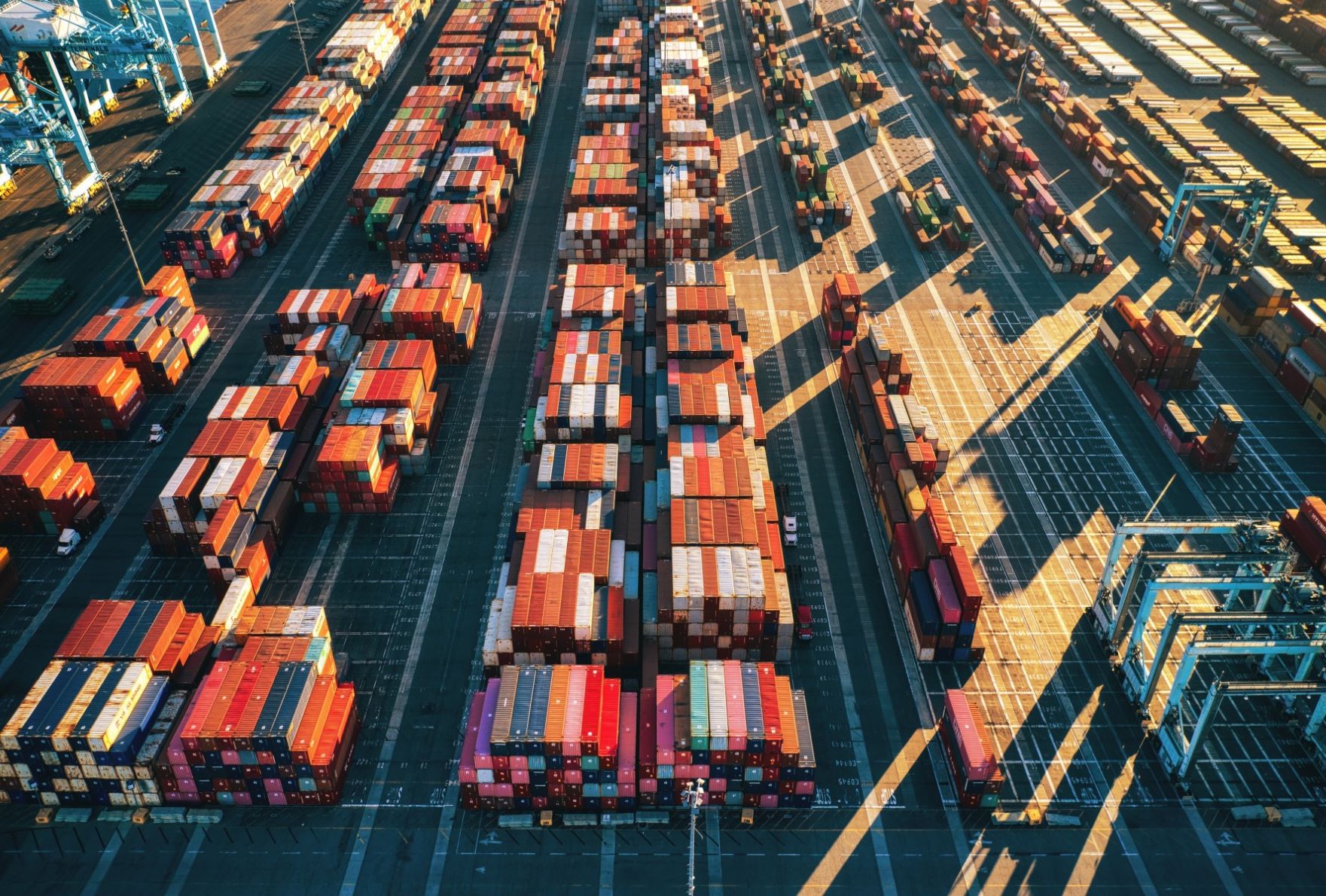Dachser is setting the course for future growth in its Air & Sea Logistics (ASL) business field through long-term succession planning. Dr. Tobias Burger (45 – pictured) will succeed Edoardo Podestà (60) as COO Air & Sea Logistics and member of the Executive Board, effective 1st January, 2024. After a Dachser career spanning 20 years, a little over four of them at the helm of ASL, Podestà will step down from active working life at the end of 2023.
“Dr. Tobias Burger is an experienced logistics strategist and we are helping him prepare to take his seat on Dachser’s Executive Board. With his holistic, forward-thinking logistics outlook, he will prove a valuable addition to our Executive Board team,” says Bernhard Simon, Chairman of the Dachser Supervisory Board. “Dr. Burger will also be in charge of all of Dachser’s marketing activities. This means we will be best placed to proactively address complex market changes, particularly in air and sea freight, and to position ourselves accordingly.”
A former management consultant, Dr. Burger joined Dachser in 2009. He worked in controlling and strategy development before being given responsibility for Corporate Governance. At that time, he was already overseeing the development of air and sea operations toward a seamless global network. As Deputy Director Air & Sea Logistics, Dr. Burger has served as Podestà’s right-hand man since 2019. During this period, he was first put in charge of ASL global sales, a position whose responsibilities currently include strategic development for the entire business field. Since 2021, he has also been leading the ASL EMEA business unit.
Dachser appoints Meier to replace Burger
Effective 1st January, 2023, Dr. Burger will hand over the role of Managing Director ASL EMEA to Marc Meier. To prepare himself for managing the regional business unit, Meier (53) joined Dachser already on 1st October, 2022. As a logistics manager whose expertise includes air and sea freight, overland transport, and warehousing, he has built up more than 30 years of international experience in the logistics industry.
Together with the owner, he served as CEO of Hamburg-based air freight forwarder Senator International until that company was acquired by Maersk in 2021. Prior to that, he spent over five years as CEO of Fr. Meyer’s Sohn, a forwarding agency specialising in sea freight. He began his career at Kühne + Nagel, where he held various management positions, lastly as President of the Canada country organisation.
“In Marc Meier we have gained a seasoned air and sea freight manager with an international reputation. He is the ideal person to guide our ASL business in the EMEA region to a successful future,” says Dachser CEO Burkhard Eling. “And dovetailing this business with our European overland transportation network will lead the way to further growth.”
Müller to take over in ASL APAC
Dachser has also already planned the succession in its ASL APAC business unit. Effective 1st January, 2024, Roman Müller (41) will succeed Edoardo Podestà, who has led the regional business unit with great success since 2014, and in conjunction with his other role of COO ASL since 2019. Swiss-born Müller has worked in Asia his entire career. Over the past 15 years, his management positions at Dachser include Manager of the Korea country organisation and Senior Sales Manager for the entire APAC region. Since July 2021, he has served as Deputy Director Asia Pacific in the ASL APAC business unit, reporting to Podestà.
“Roman Müller knows the Asian markets and their requirements inside out. In all his previous positions – especially those in sales – he achieved outstanding success and helped advance our presence in Asia,” Eling says. “So he is ideally placed not only to continue the stellar development of the ASL APAC business unit but also to take it to a whole new level by focusing even more on offering integrated services. In 2023, he will work closely with Edoardo Podestà to chart a course for this success.”
Dachser’s Air & Sea Logistics business field employed more than 4,300 people and generated €2.1bn in revenue in 2021. It operates 139 branches in 36 countries. Dachser’s ASL 3 EMEA business unit comprises 21 country organisations with 71 locations and employs more than 2,100 people. The company’s ASL APAC business unit is represented in 11 countries, with more than 1,500 employees working across 43 locations.











